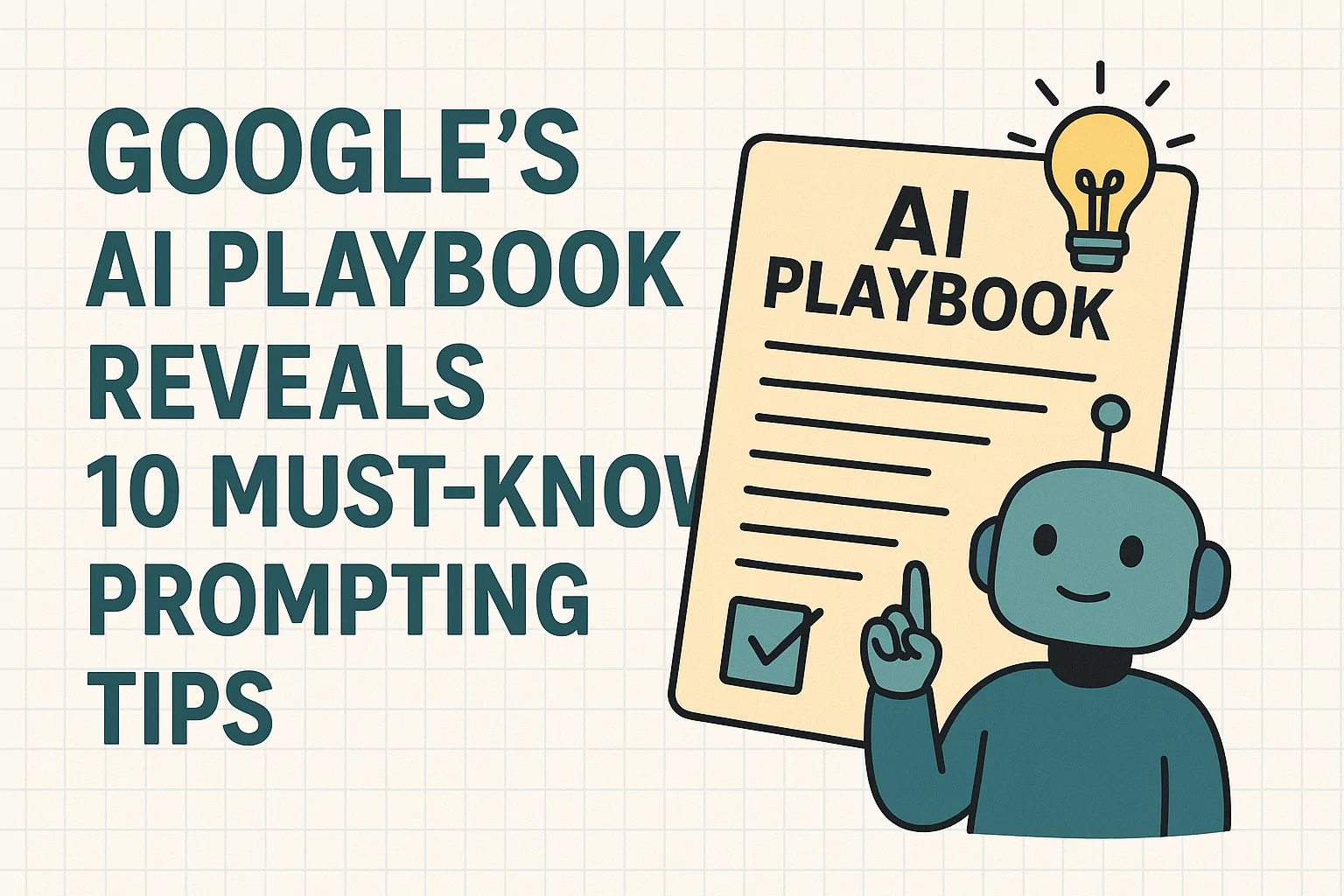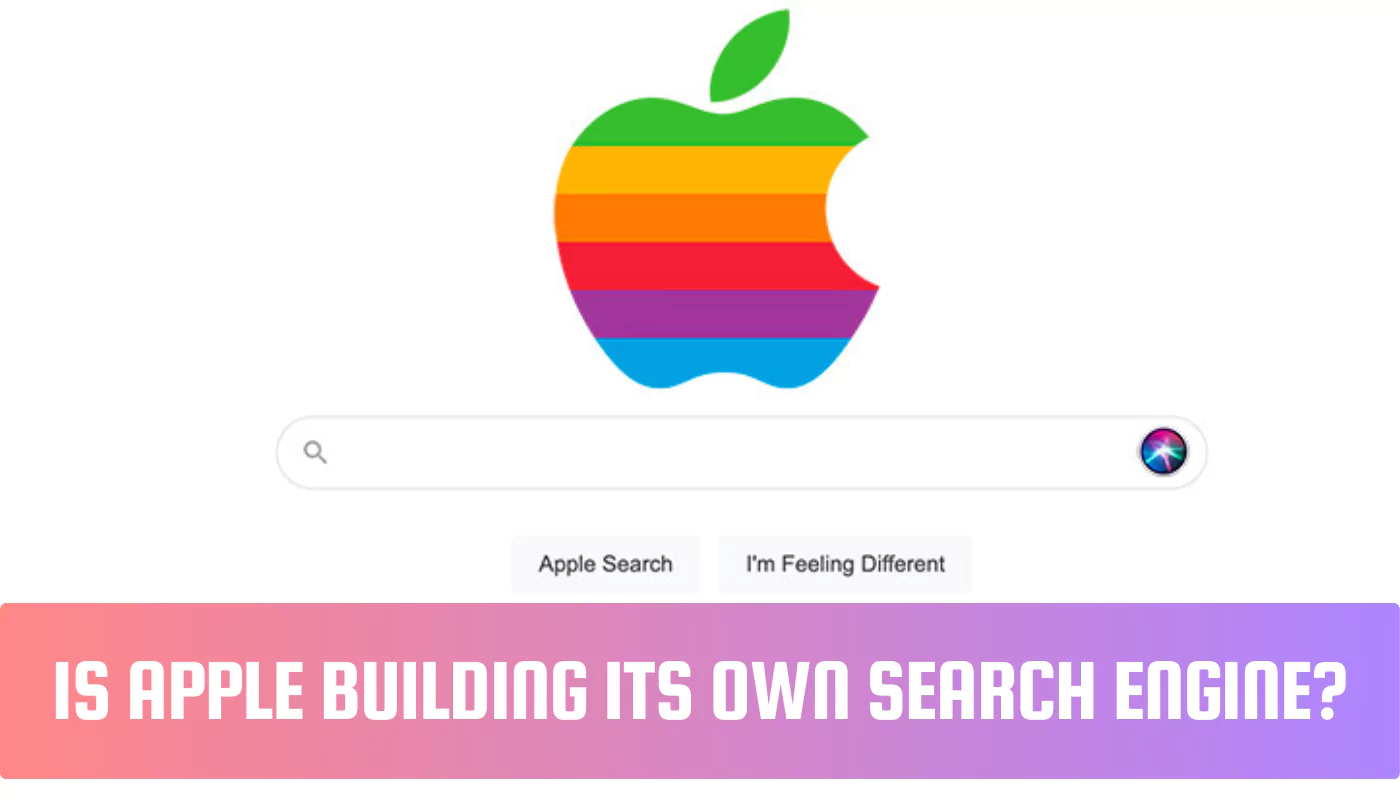Google’s AI Playbook Reveals 10 Must-Know Prompting Tips

Google has published its AI Prompt Engineering Playbook to help users write better prompts for large language models (LLMs) like ChatGPT, Gemini, and Bard. The guide outlines 10 essential prompt engineering tips to improve AI output quality, clarity, and relevance—perfect for developers, marketers, writers, and everyday users looking to master AI interaction.
Why Prompt Engineering Matters
Prompt engineering is the skill of crafting instructions that guide AI models to generate the most useful and accurate responses. The better your prompt, the better the output—whether you’re writing code, generating content, answering questions, or analyzing data.
Google’s Top 10 Prompting Tips Explained
Here’s a breakdown of the 10 most important prompt strategies from Google’s official AI playbook:
1. Write Clear and Specific Instructions
Be direct and precise. Ambiguous prompts lead to vague answers. Example:
✅ “Summarize the following article in 100 words.”
❌ “Tell me about this article.”
2. Use Step-by-Step Instructions
For complex tasks, break down the request into smaller steps. This reduces errors and improves logical flow.
Example:
“First, extract the data. Then, analyze trends. Finally, summarize your findings in bullet points.”
3. Give the AI a Role or Identity
Framing the AI with a role helps shape its tone and response.
Example: “Act as a professional copywriter and write a headline for this blog.”
4. Use Examples to Guide the Output
Show what kind of output you expect. It sets a clear pattern for the AI to follow.
Example:
“Write a product description like this: [Insert sample]”
5. Define the Output Format
Tell the model exactly how to present the answer—bullets, tables, JSON, etc.
Example:
“List the pros and cons in two bullet-point columns.”
6. Test and Refine Your Prompts
Don’t settle on your first attempt. Test different versions and tweak for clarity and performance.
7. Use Constraints for Better Control
Add constraints like word count, tone, or format. This guides the model and narrows the response.
Example:
“Write a 150-word intro in a friendly tone.”
8. Break Large Tasks into Smaller Ones
Instead of asking for a full report at once, ask for an outline first, then go section by section.
9. Chain Prompts Together for Complex Tasks
Use multiple prompts in sequence to get structured and detailed outputs. This is especially useful for workflows.
10. Provide Feedback or Edits to Improve Output
If the model’s answer isn’t perfect, give feedback and ask it to revise. Prompting is iterative.
Bonus Tip: Prompt Like a Conversation
Remember, interacting with an AI is like guiding a helpful assistant. Keep it clear, logical, and iterative for the best results.
How to Use These Tips in Real Life
- Marketers can generate better ad copy, CTAs, and email campaigns.
- Developers can write more effective code and documentation prompts.
- Students can create better study guides, summaries, or essay outlines.
- Business professionals can automate reports, emails, and research queries.
Final Thoughts
Google’s AI Prompt Engineering Playbook is a goldmine for anyone wanting to boost productivity with AI. By following these 10 prompting tips, you’ll get more accurate, relevant, and powerful responses—every time.









